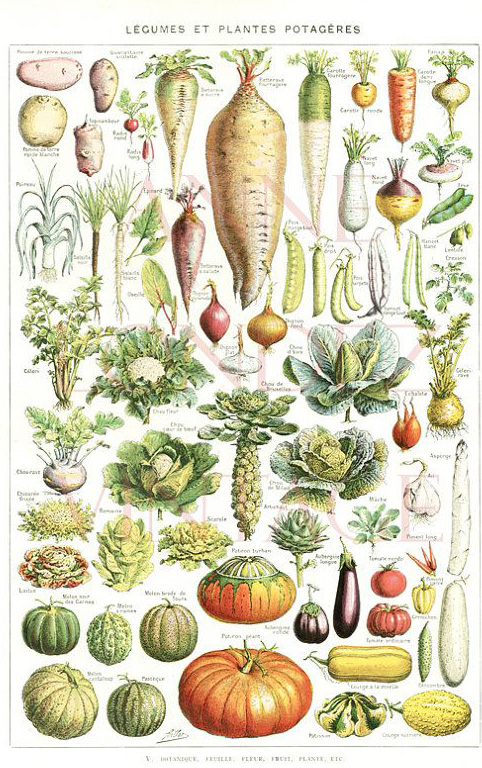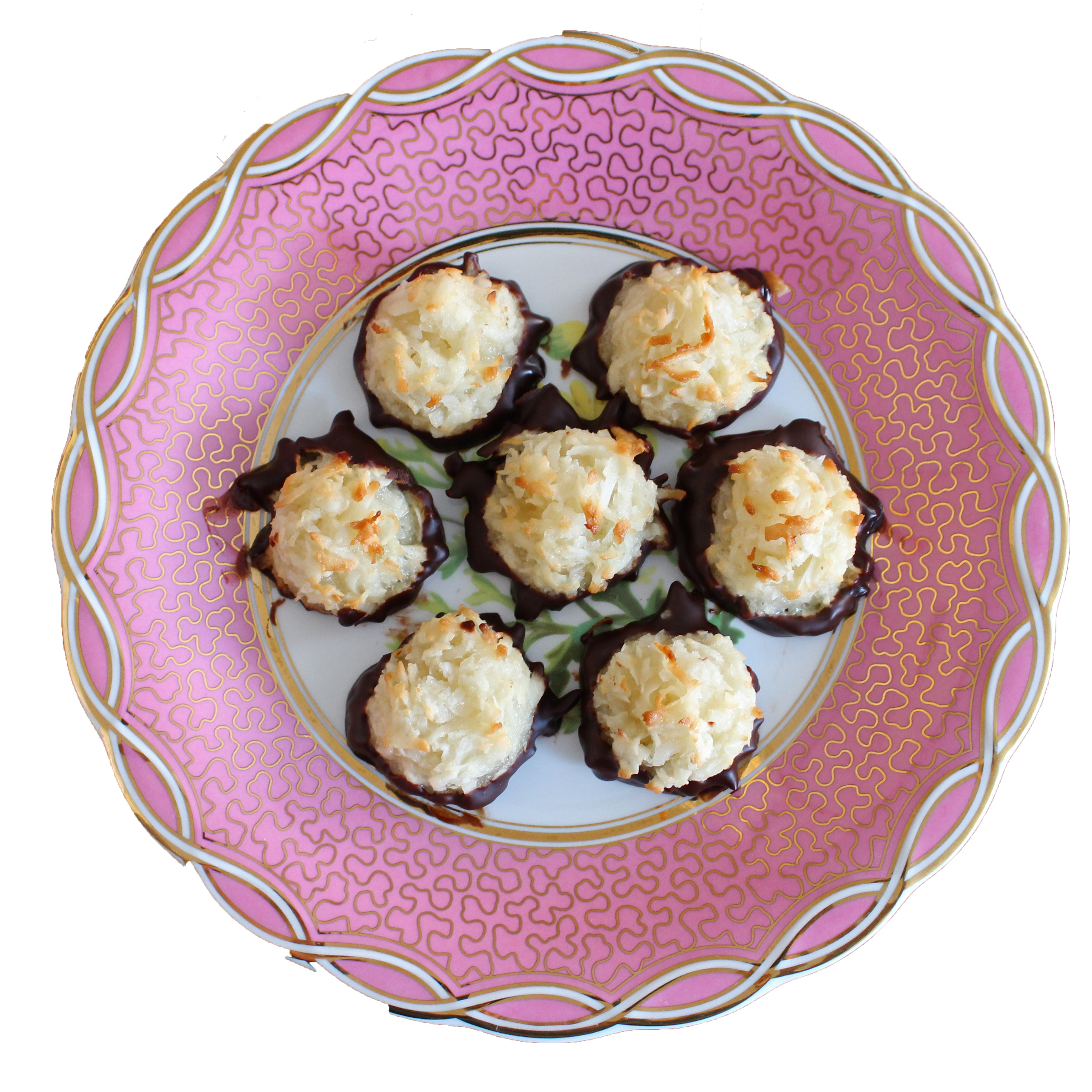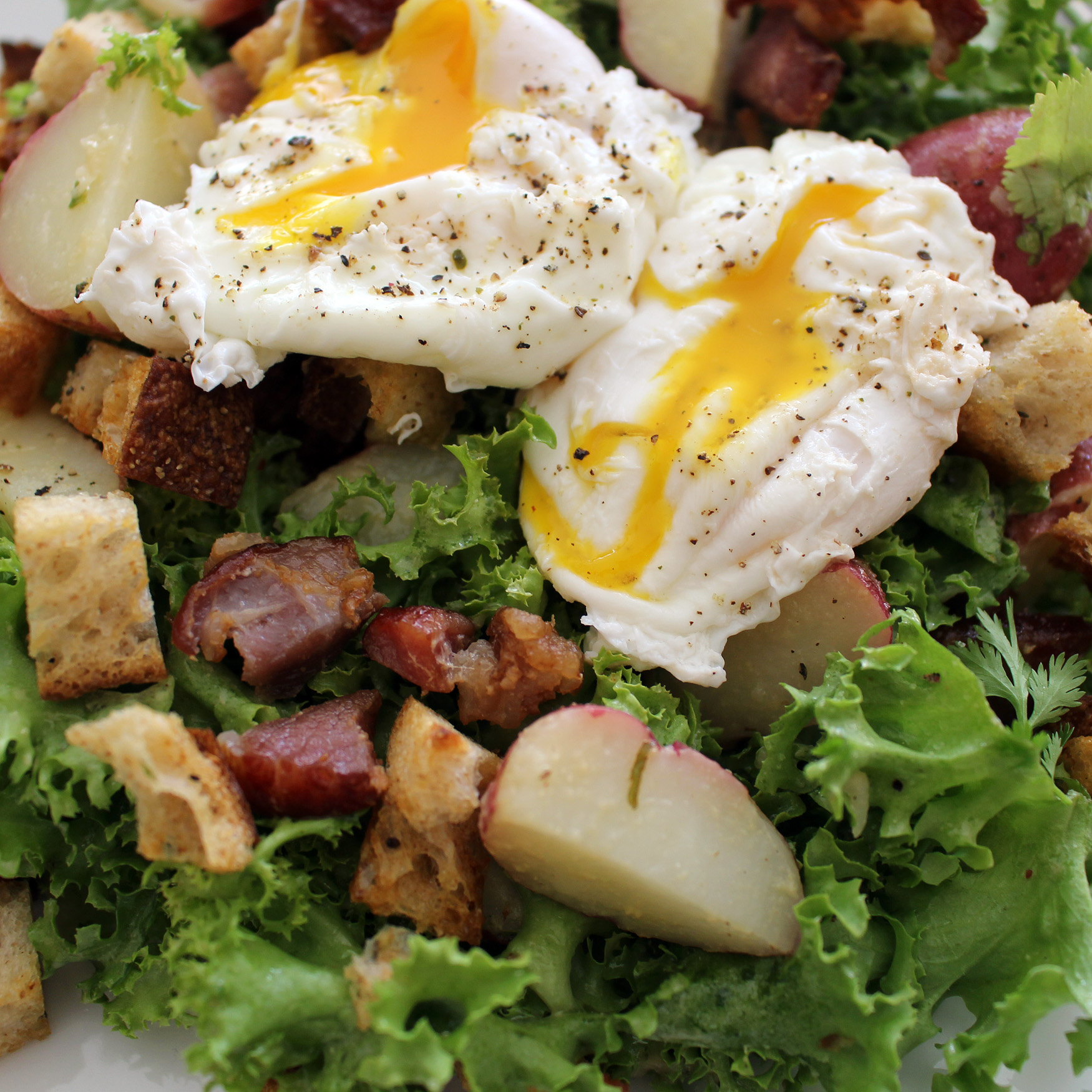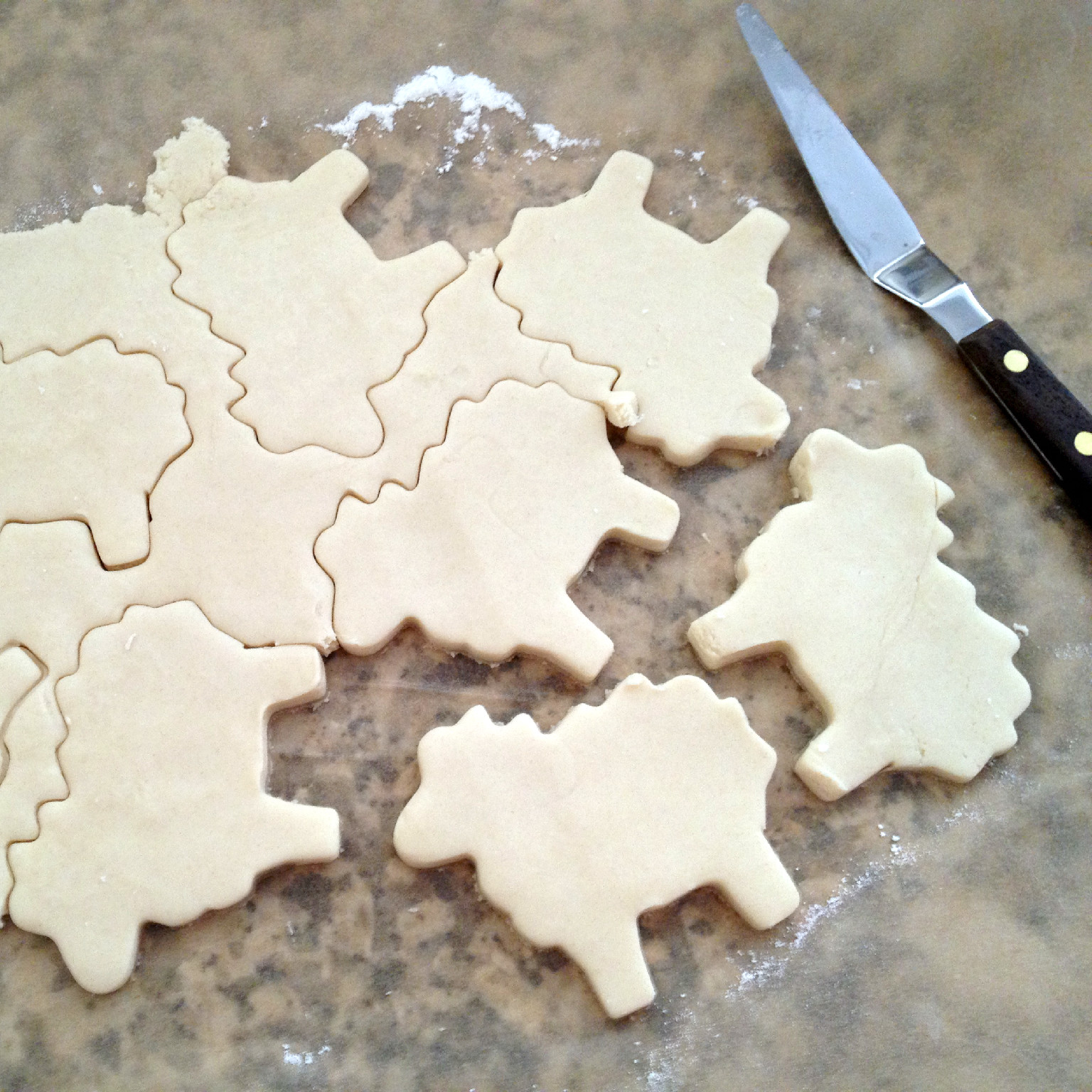« Squash Blossoms Stuffed with Goat Cheese »
 Monday, June 27, 2011 at 10:14PM
Monday, June 27, 2011 at 10:14PM Squash blossoms are one of the delicacies of early summer. And just like sour cherries, they have a very short growing season and they are highly perishable. As a result, grocery stores do not stock them, and there are limited supplies at farmer's markets. So when I saw these beauties at the Tribeca Greenmarket two weeks ago, I felt like I hit the jack pot.

As you might suspect, squash blossoms are the precursors to squash. But this is only part of a very interesting story. It turns out that squash are monoecious, meaning that they have both male and female blossoms growing on the same vine. Fertilization occurs curtesy of bees, which carry the pollen from the male blossom to the female blossom. After fertilization is complete, the male blossoms fall off the vine, and the female blossoms develop into the fruit.


Both the male and the female blossoms are edible, but the male blossoms are more commonly used in cooking.
Female blossoms (left) tend to grow towards the center of the plant, and have a small swollen embryonic fruit at their base which grows into the squash.
The male blossoms (right) typically grow throughout the length of the vine and hang from long stems. They tend to bloom earlier than than the female blossoms and there are more of them on the plant.

There are many ways to prepare squash blossoms, but my favorite method is to stuff and fry them (a true guilty pleasure). In Italian cuisine, the blossoms are typically stuffed with a soft white cheese, such as goat cheese or ricotta (or a combination of both). I had a 4 oz log of goat cheese in the house, so that is what I used.
To make the filling, I pureed the goat cheese, a handful of mixed fresh herbs (chives, oregano and basil) and fresh ground pepper into a smooth paste using a mini food processor.

The next step is filling the blossoms with the cheese mixture. I realize that the idea of putting cheese into these delicate blooms can seem intimidating, but it is quite easy if you follow these steps:
- Before filling the blossoms, take care to wash and completely air dry them on a piece of paper towel. The stamen should also be removed prior to filling the cavity.
- Use semi soft cheese, which will hold it's shape. This is especially important when considering which type of ricotta to use. I would not recommend using store bought ricotta (out of the plastic container), as it is very thin. Instead, buy a small piece of homemade ricotta or use ricotta salata.
- Use a pastry bag with a large tip to fill the squash. Attempting to do this with a spoon will be a frustrating (and futile) endeavor.
- Do not overfill the blossoms. I typically fill them to the point where the petals start to separate.
- To finish, twist the ends of the petals gently to close.

I coat the stuffed squash blossoms in egg and then flour. I find that this produces a crunchy crust, which is light but not over bearing.
The final step is frying the blossoms. (This is my least favorite step, as it makes a mess of my stove!) Again, here are a few tips to make this step successful:
- You do not need a lot of oil, but it needs to be hot. When the oil is at the proper temperature, a sprinkle of flour will seize immediately. If the oil is not hot enough, the blossoms will be soggy and greasy.
- Do not crowd the pan.
- Try to turn the blossoms only once (i.e. after the first side is crisp).
- After the blossoms are finished, place them on a piece of paper towel to drain. Sprinkle with a little salt immediately.

Stuffed squash blossoms are best when eaten immediately. If you have a large number to fry, place the cooked blossoms in a low oven to keep them warm.
Enjoy!










Reader Comments